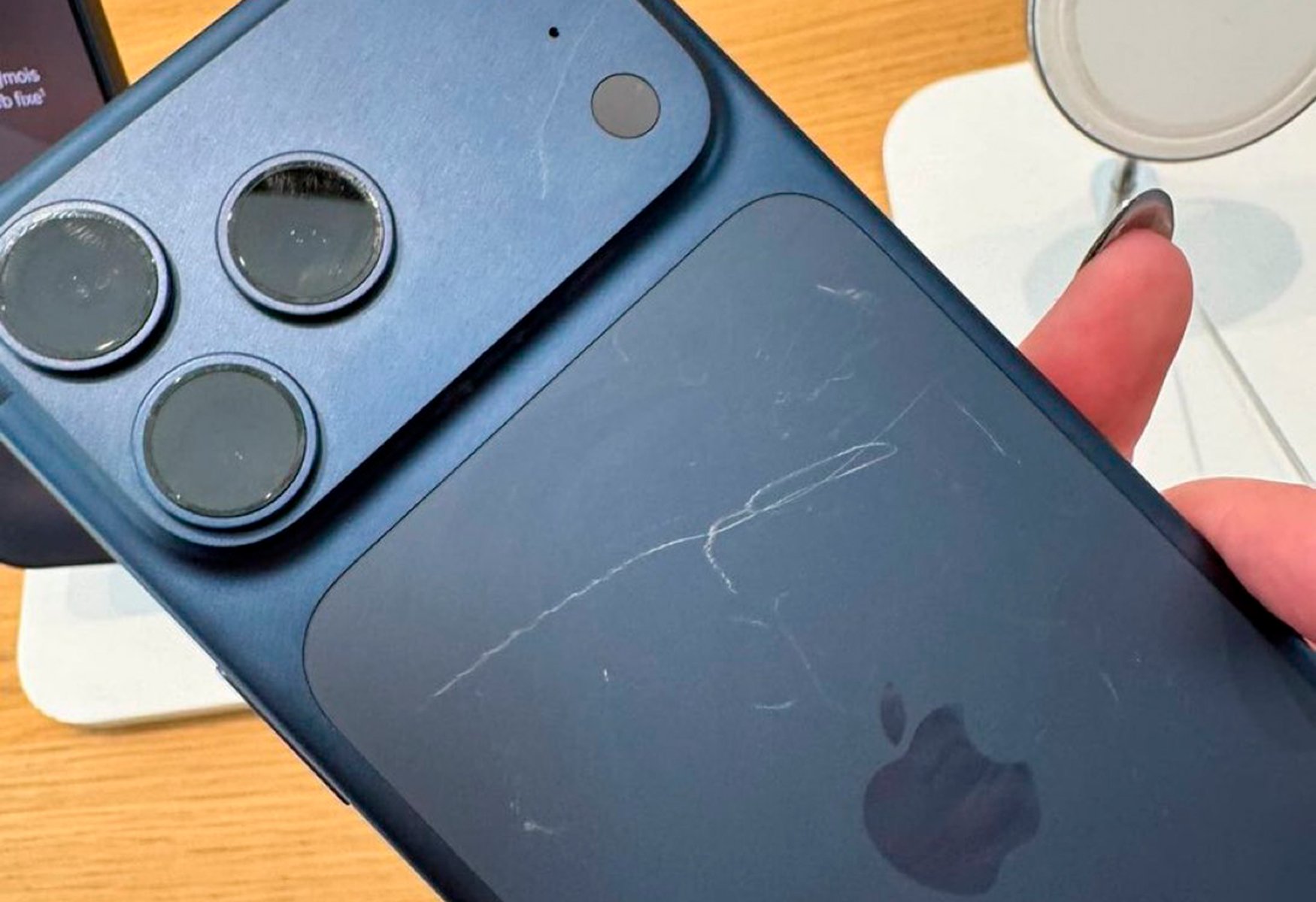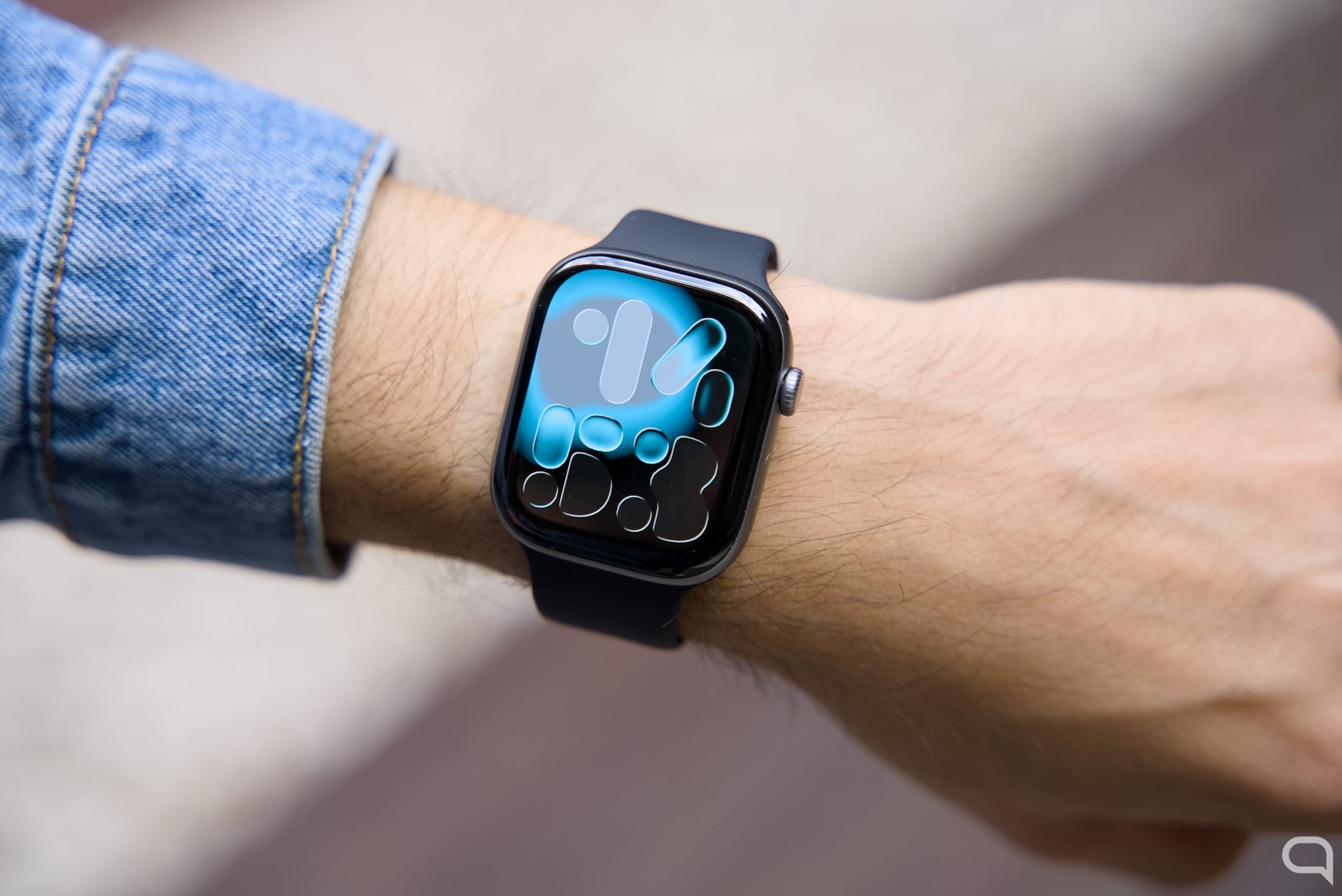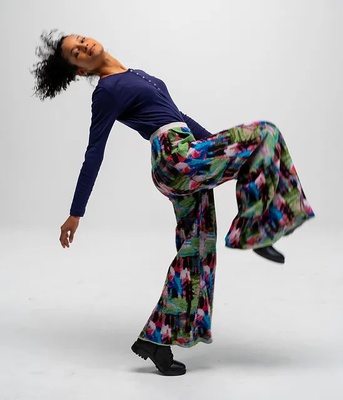Italian startup Cap-able has created a clothing line that aims to fool facial recognition cameras. Designers are using patterns designed by AI algorithms and inspired by the natural world to trick observation systems into thinking the object in focus is not a person, but rather a giraffe, zebra or dog, for example.
The authors of the idea from Italy were not the first to embrace the idea of defending the right to privacy through design solutions, recalls Business Insider. But the Manifesto collection, Cap-able’s first project, was created on the basis of nine months of research.
All types of garments included in the collection (sweaters, sweatshirts, pants and dresses) have a minimum efficiency of 60%. The tests were performed using YOLO, a real-time object detection algorithm.
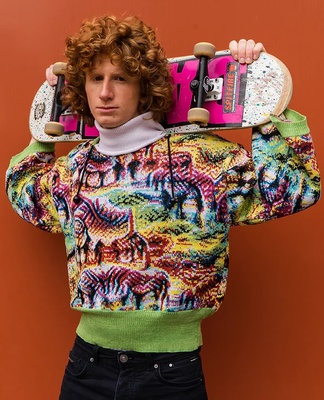
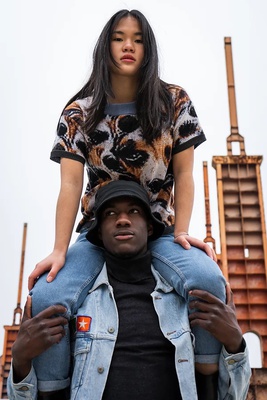
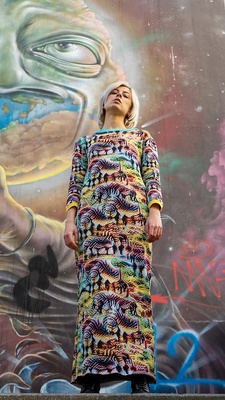
Federica Busani, co-founder of the Turin startup, believes that “biometric surveillance poses a threat to freedom of expression, movement, self-expression.”
The company’s website says: “The goal of the Manifesto collection is not to create an invisibility cloak, but to raise awareness and protect the rights of the wearer where possible.”
Clothes are expensive: a sweater, for example, will cost $450, but the founders of the startup, who have found investments in their line on crowdfunding platform Kickstarter, are confident that more and more people will soon be concerned about their privacy. .
So far, the company has managed to sell around 70 products in a month, mainly in the US, UK and Italy.
Author:
Ekaterina Alipova
Source: RB
I am a professional journalist and content creator with extensive experience writing for news websites. I currently work as an author at Gadget Onus, where I specialize in covering hot news topics. My written pieces have been published on some of the biggest media outlets around the world, including The Guardian and BBC News.


